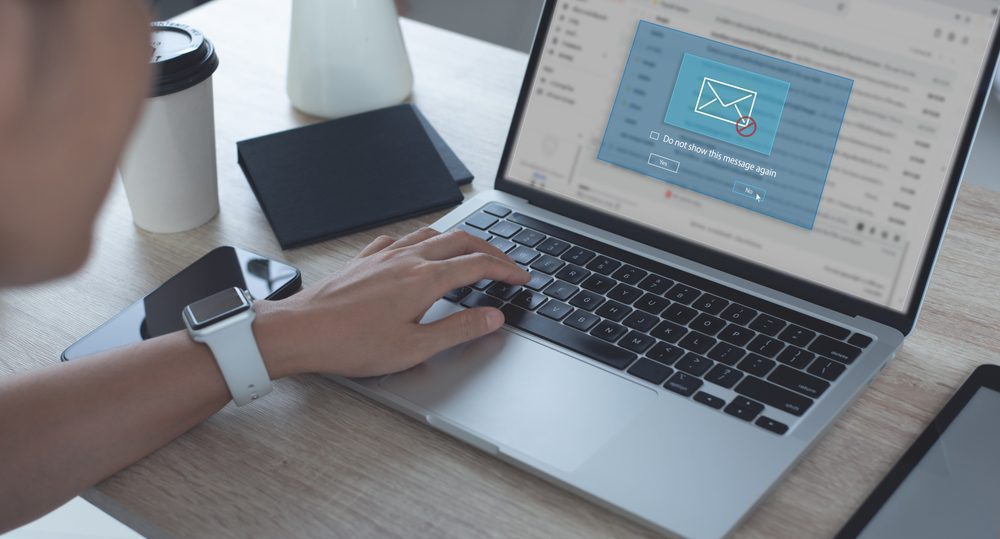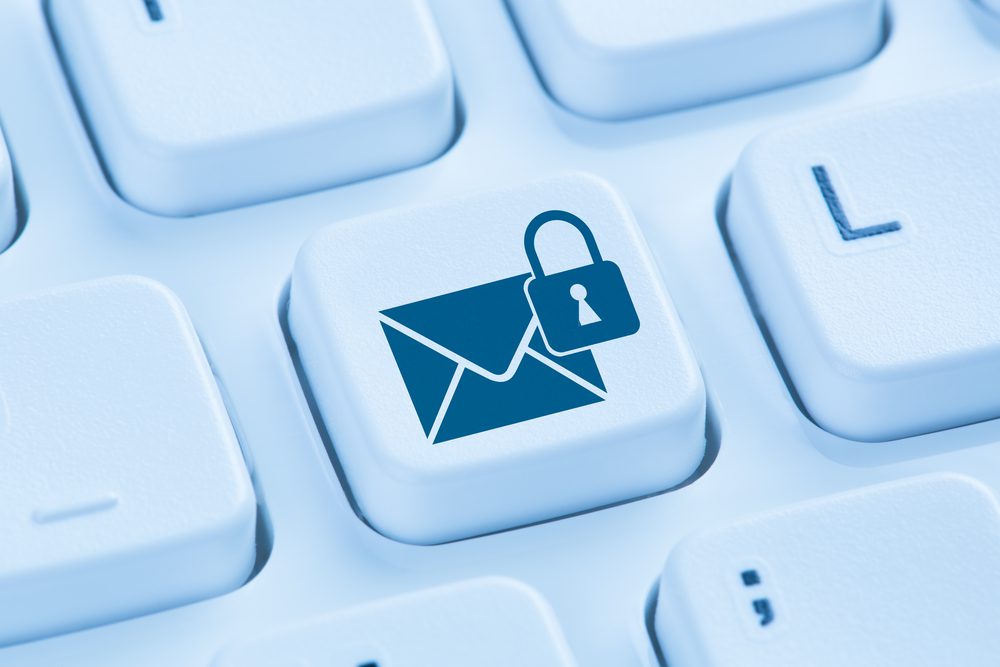In today’s digital age, email stands as one of the most transformative tools of communication. From job applications to personal exchanges, it’s a linchpin of our online interactions. Yet, with its vast utility comes inherent vulnerabilities. Hackers continuously evolve their tactics, making it imperative for users like you to enhance your email defenses. Here’s how you can secure your emails and email accounts.
1. Embrace Multiple Email Accounts
A single email account serves as a treasure trove of personal and professional data. Imagine the repercussions if a hacker breaches this unified repository. The solution? Diversify. You should have at least two email accounts:
- Personal Account: Reserved for interactions with friends, family, and personal endeavors.
- Professional Account: Strictly for work-related correspondences, ensuring a clear boundary between personal and occupational realms.
By compartmentalizing your digital life, you mitigate the risk of a singular breach compromising every facet of your online presence.
2. Fortify Your Accounts With Robust Passwords
Passwords act as the first line of defense against unauthorized access. Astonishingly, many people still resort to simplistic combinations like “123456” or “password.” Break this habit immediately! Craft intricate passphrases combining uppercase and lowercase letters, numbers, symbols, and other special characters. Additionally, you should consider leveraging multi-factor authentication (MFA). This dual-layered verification mechanism—be it fingerprint scans or verification codes—adds an additional shield against potential breaches.
3. Exercise Caution With Unsolicited Links & Attachments
A cardinal rule of email safety: skepticism prevails. Before succumbing to curiosity and clicking that link or attachment, check its legitimacy. Hackers and scammers often employ deceptive tactics while masquerading as reputable organizations like Amazon, Facebook, or banking institutions. If an email appears suspicious, verify its authenticity directly via official channels, not through embedded links or attachments.

4. Remain Vigilant Against Phishing and Other Scams
Phishing remains one of the most common cyber ploys, capitalizing on deception and urgency. Fraudulent emails sent under the guise of legitimate businesses may claim to be notifying you of compromised accounts or impending penalties. This creates a sense of urgency in the email recipients, leading them to divulge sensitive information or click malicious links. Remember: authentic corporations won’t solicit sensitive data via email. When in doubt, validate the communication’s authenticity through verified platforms.
5. Proactively Monitor and Manage Your Accounts
Maintain a proactive vigilance over your email account’s activity logs. Any anomalous activities—unfamiliar devices, suspicious IP addresses—signal potential breaches. If such irregularities appear, terminate any active sessions, modify passwords, and invoke additional security measures.
6. Prioritize Encryption and Regular Updates
Prioritize email encryption to safeguard messages from prying eyes, ensuring confidential exchanges remain inaccessible to unauthorized entities. Also, by routinely updating anti-malware, firewall protections, and email security software, you can further secure your emails and email accounts.
Enabling multiple email security measures—diversifying accounts, fortifying passwords, exercising caution, monitoring activity, encrypting communications, and routinely updating software—greatly enhances the privacy of your personal data. While this can all seem daunting, with the help of Wolf Consulting, you can rest easy knowing that your email accounts will be protected from various cyberthreats. Talk to us today for all your cybersecurity needs.

